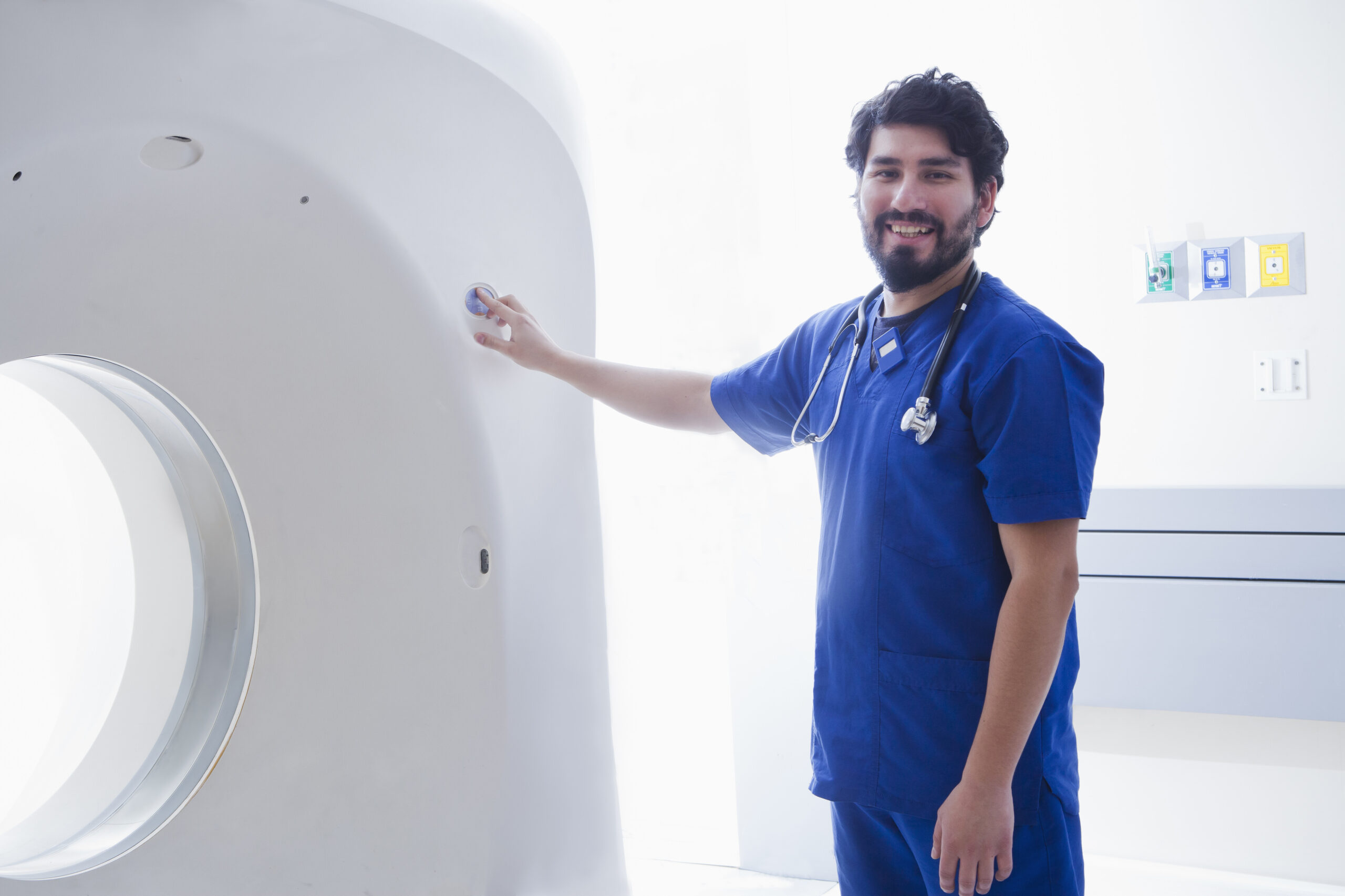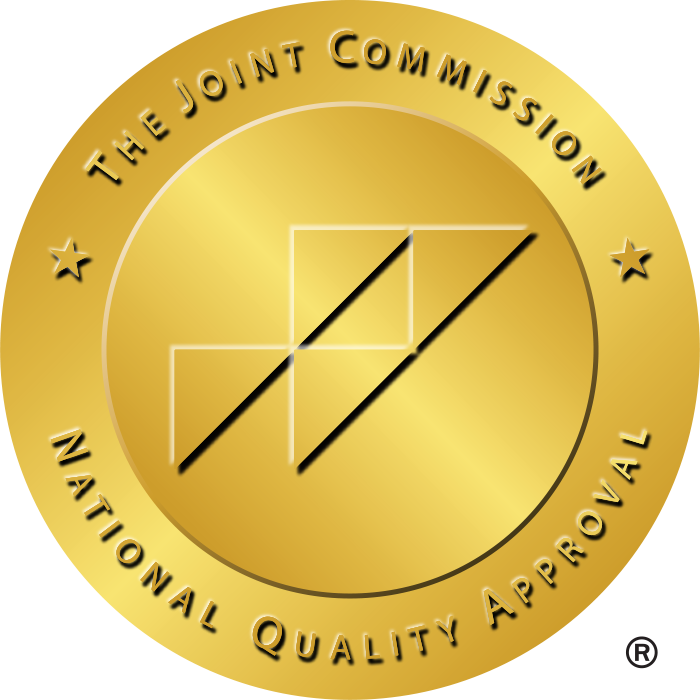Must-Have Certifications for Travel Physical Therapist Assistants
We all are aware of the demanding nature of medical and allied healthcare jobs. Hence, many professionals are considering travel jobs as a means of better work-life balance. This is due to the flexible nature of travel jobs. Travel physical therapist assistant jobs offer a great opportunity to explore different locations while helping others regain strength and mobility. However, finding the best travel physical therapist assistant jobs can be difficult in such fierce competition. This is why having the right certifications and qualifications is essential to landing the best jobs.

Why Certifications Matter for Travel Physical Therapist Assistants?
It doesn’t matter if you’re just entering the field or looking to transition into travel physical therapist assistant jobs after some experience in permanent positions. Having proven data for your skills can make a significant impact on recruiters when applying for travel physical therapist assistant jobs and remote physical therapy jobs.
Travel physical therapist assistant jobs are available in diverse medical settings. They can get jobs in rehab centers, outpatient clinics, hospitals, long-term care facilities, skilled nursing home facilities, or even in home healthcare. Hence, employers often require or even prefer specific certifications for travel physical therapist assistant jobs. This is because they want professionals who are fully equipped and prepared for diverse medical settings.
Essential Qualifications for Travel Physical Therapist Assistants
Before jumping into specialized certification, you need to know the basics. The fundamental qualifications to become a physical therapist assistant are:
Complete Associate Degree
The very basic and essential requirement is completing an associate degree from an accredited institute. The Commission on Accreditation in Physical Therapy Education (CAPTE) offers accredited programs and certifications. This is the entry to the workforce by landing physical therapist assistant jobs.
Pass NPTE for Physical Therapist Assistants
After completing the associate degree, the next step is to pass the National Physical Therapy Exam (NPTE). This exam is administered by the Federation of State Boards of Physical Therapy (FSBPT). If you are seeking physical therapist assistant jobs, this certificate is a must.
Get State Licensure
Licensure is essential to start practicing on physical therapist assistant jobs. However, every state has different licensing requirements. Hence, before you apply for travel physical therapist assistant jobs, verify if your license is valid in that state or not. If not, consider applying for state licensure by complying with standards. Some states approve general licensure with temporary credentials.
8 Top Certifications for Travel Physical Therapist Assistants
Once you become a practicing physical therapist assistant, the journey is just starting. The job market is overcrowded, and standing out is essential. Hence, opting for top certifications can offer you the competitive edge to distinguish yourself from the rest.
Staying updated with continuing education is the most viable path to becoming the top choice of employers. The best option for this is going for sought-after certifications that align with travel physical therapist assistant jobs.
Such certifications not only fulfill licensing renewal requirements but also expand your existing knowledge and skills. Due to this, travel physical therapist assistants can opt for multi-disciplinary roles and other allied travel careers that cross paths with physical therapy assistant jobs.
Some of the valuable certifications for travel physical therapy assistants are:
1. Basic Life Support (BLS) Certification
This is the most basic certification for any medical professional. Emergencies can happen to anyone at any time, anywhere. Hence, physical therapy assistants need to have BLS certification to administer life-saving interventions when needed. This certification trains professionals to care for critically ill or injured patients.
2. Advanced Cardiovascular Life Support (ACLS) Certification
Many people, after going through cardiovascular problems, experience mobility issues. Hence, ACLS certification offers physical therapy assistants a great advantage. With this specialization, they can go for roles in cardiac units to offer physical therapy to heart patients. This certification can also boost earning potential, as medical professionals experienced with cardiac issues are highly in demand.
3. Pediatric Advanced Life Support (PALS) Certification
Similar to BLS, PALS certification is also focused on life-saving interventions for critically ill or injured infants. The only difference between BLS and PALS is that it is specialized for infants only. This certification trains professionals beyond basic life support and CPR, training them for the unique needs of pediatric patients.
4. CHSE Certification
With the rapid progress in the medical industry, CHSE certification has become essential for medical professionals. This certification teaches professionals the use of simulation to educate and improve healthcare. It is a great certification for physical therapist assistants looking to advance toward teaching roles.
5. Orthopedic Certified Specialist (OCS)
This certification is administered by the American Board of Physical Therapy Specialties (ABPTS). This is one of the only 10 specialty certifications that are recognized by AAPTA. It offers knowledge and skills to treat musculoskeletal issues such as fractures, bone deformities, and other musculoskeletal and orthopedic problems through physical therapy. This certificate greatly enhances your resume, making you a preferred choice for most physical therapy assistant jobs.
6. Geriatric (GCS) Certification
This is another certification awarded by the American Board of Physical Therapy Specialties (ABPTS). This certification provides knowledge and skills to treat elderly people above the age of 65. This includes proficiency in assessing, treating, and evaluating patients who have crossed the age of 65 and are experiencing medical problems.
7. Lymphedema Certification
Physical therapy assistants are crucial in recovery units, especially in post-op units and cancer recovery centers. Patients suffering from lymphedema need physical therapy to improve mobility during recovery. Hence, this course can significantly help physical therapist assistants to stand out and even direct them toward physical therapy jobs.
8. Neurological Specialty Certifications
Many times, patients have mobility issues due to neurological issues. Hence, acquiring certifications in neurological specialties enables physical therapist assistants to successfully treat patients.
All of the above specialty certifications are very sought-after and beneficial for travel physical therapist assistant jobs. However, remember that most specialty certifications must be renewed every two to five years. The renewal requirements typically count toward CE requirements as well. Hence, it’s a win-win situation.
Additional Certification for Travel Physical Therapist Assistants
Besides the most common and highly sought-after certifications, physical therapist assistants can also go for additional certifications. These certifications may not directly relate to physical therapy assistant jobs. However, it will open many doors to cross-functional roles and physical therapy assistant jobs in multidisciplinary teams.
1. NRP Certification (Neonatal Resuscitation Program)
If your goal is to pursue jobs in pediatric or neonatal departments, then NRP certification is a must-have. Physical therapy assistants often work in recovery units. Hence, pursuing this certification will significantly benefit your professional standing. This way, you will become the top choice for many highest-paying jobs.
2. Manual Therapy Certification
Many patients only have minor mobility issues that can be resolved with manual therapy. Hence, physical therapy assistants often perform manual therapy as well on a daily basis. However, this certification is not necessary for jobs, but it can improve your professional standing and make you a preferred choice. This is because many employers look for certified individuals.
3. EKG Technician & Respiratory Training
If you want to opt for cross-disciplinary teams in hospitals or medical facilities, gaining certifications in professions that closely relate to physical therapy jobs can be a wise choice.
Final Thoughts
Certifications are essential to boost your career in the medical field. Hence, opt for certifications that align with your future goals. If you are wondering what jobs you can get with advanced certifications, reach out to a healthcare staffing agency to get all the information you need.







